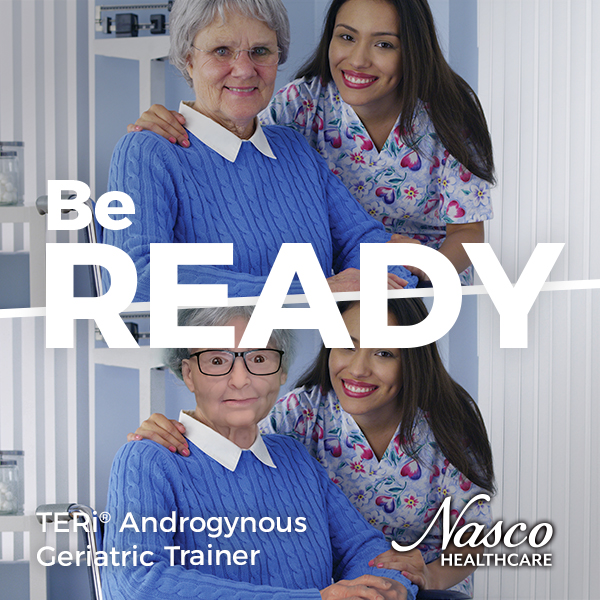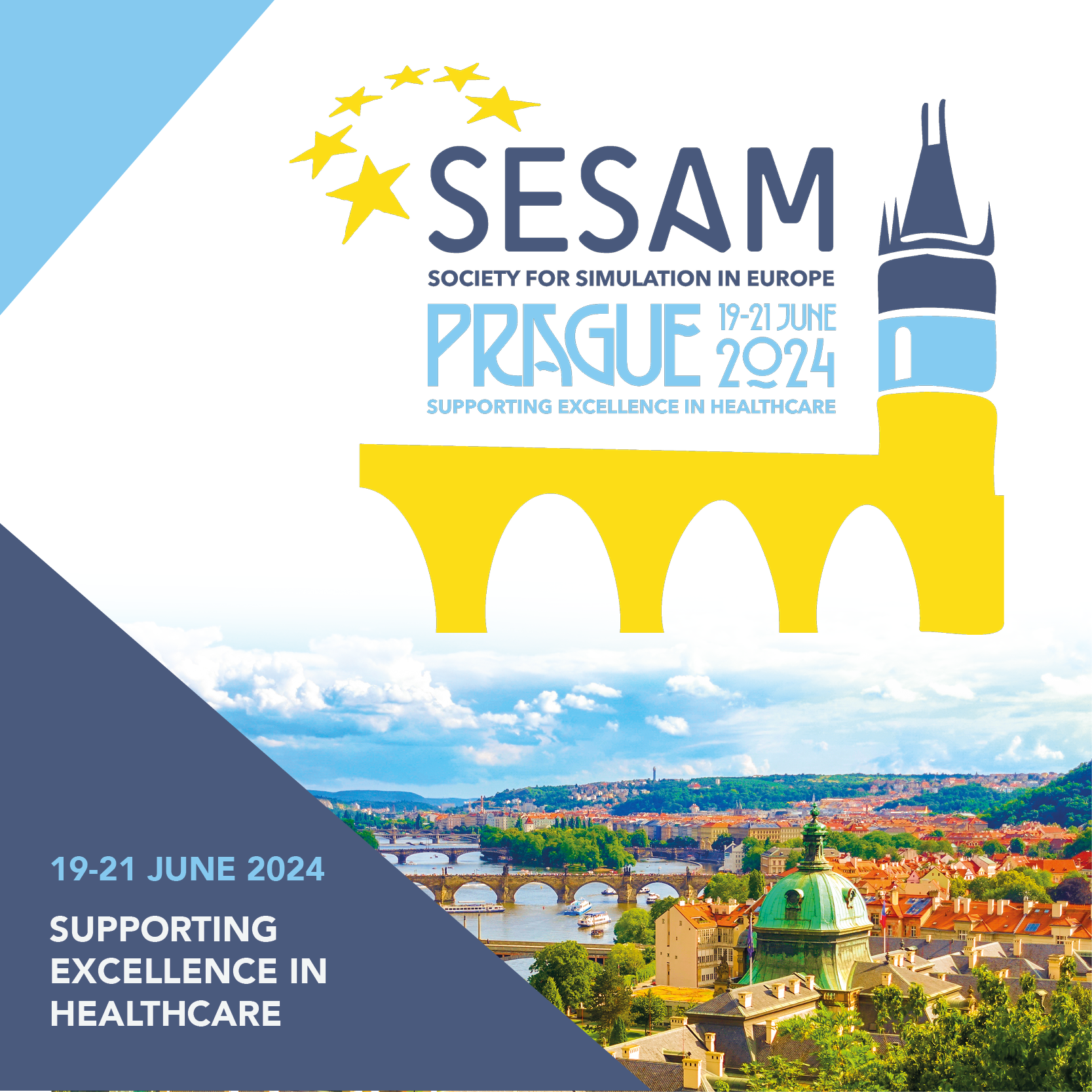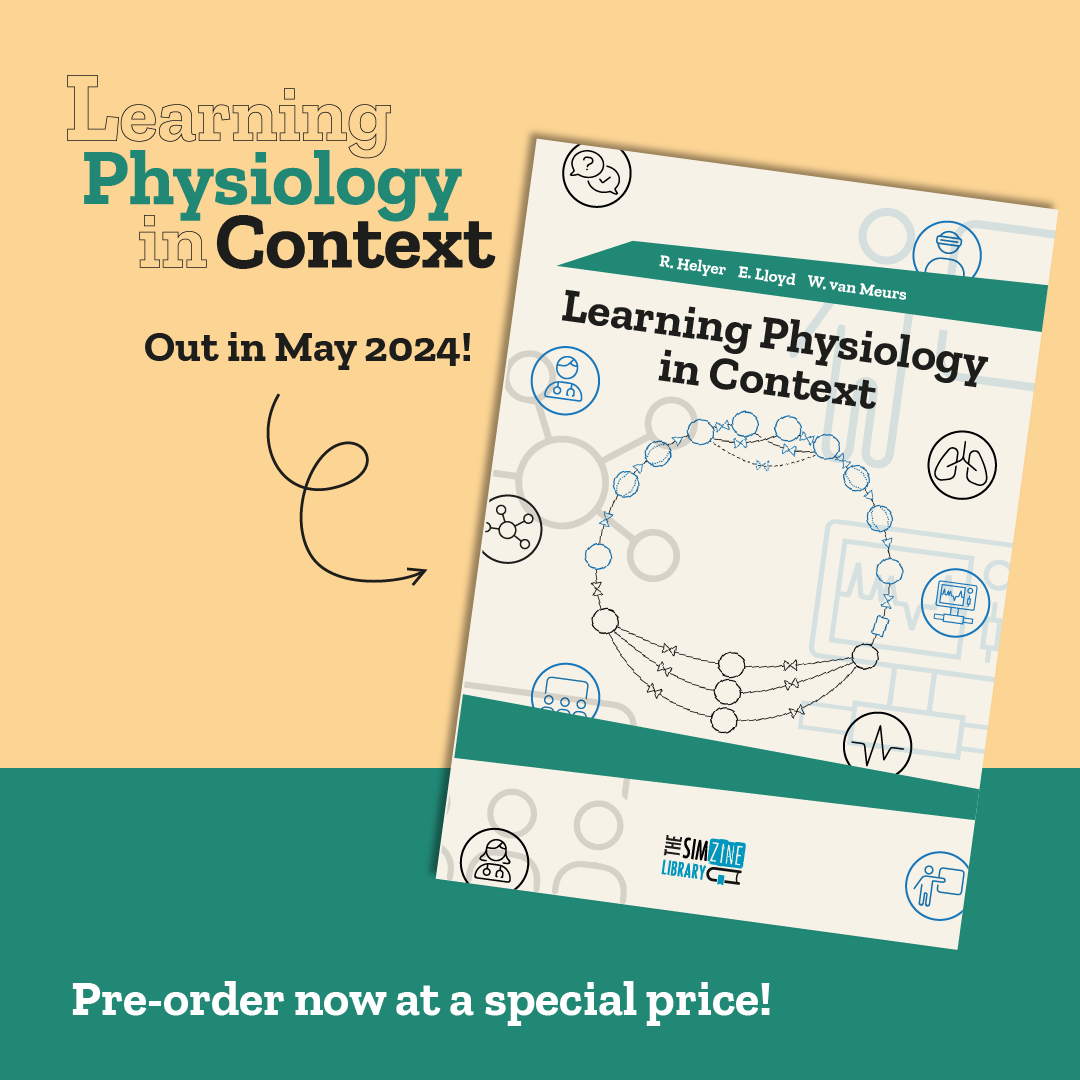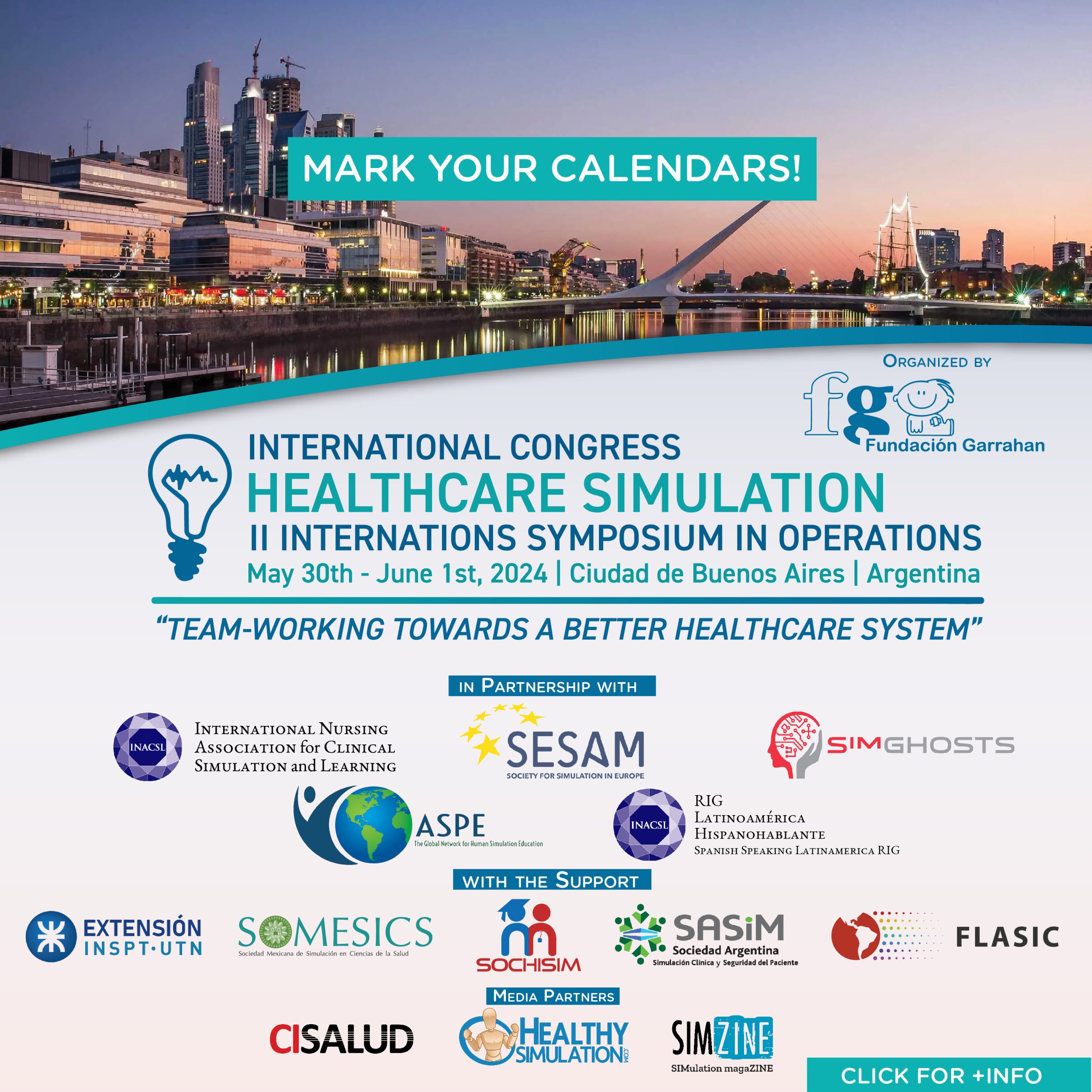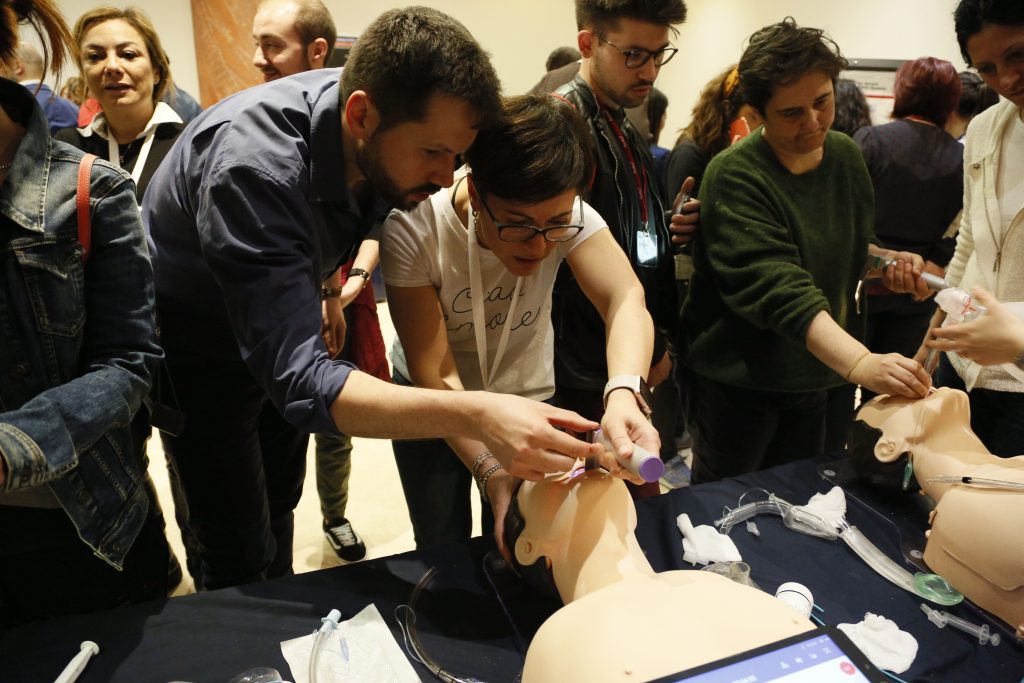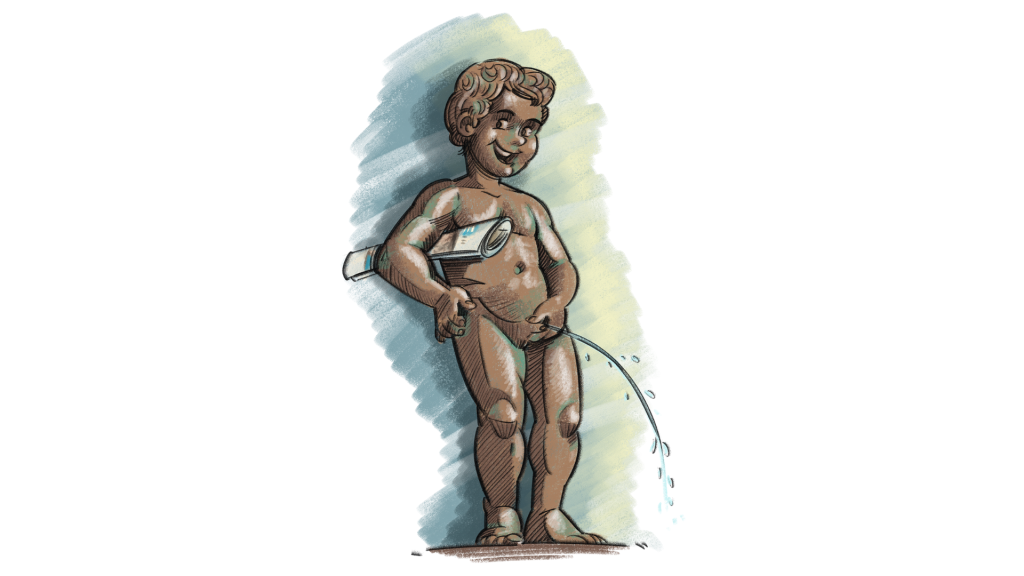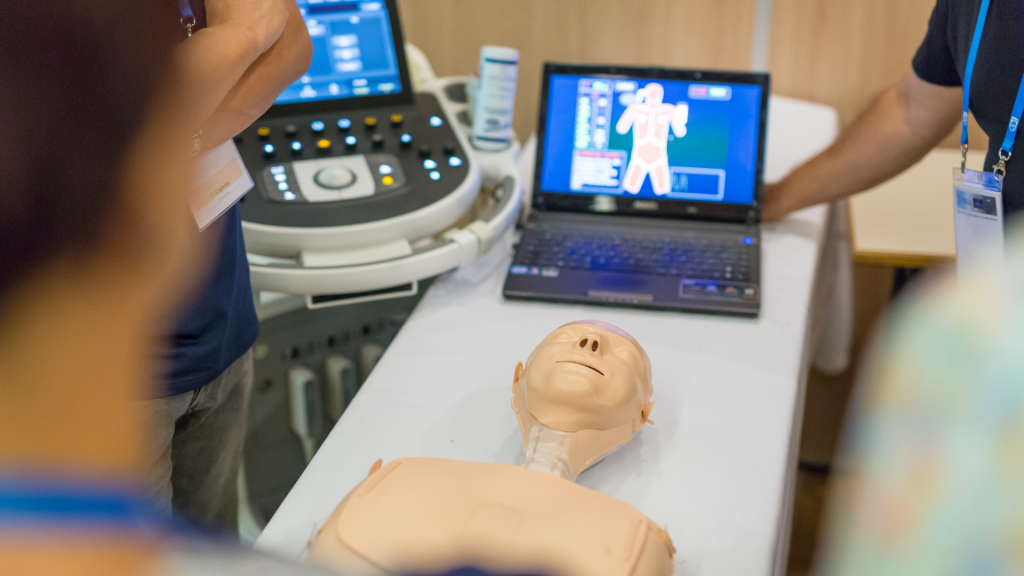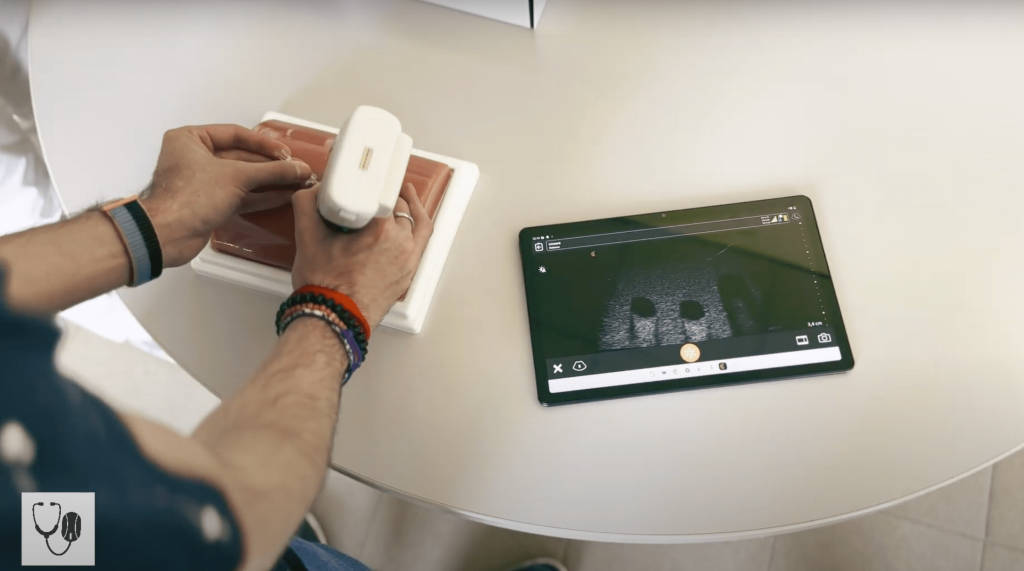Strategic simulation aims to produce a corrective emotional experience followed by reflective conversation to transform change into learning.
When we talk about learning, we refer to a process by which individuals, in a sequence of experiences or teachings, acquire new skills, improve those they already have or add new capabilities, in order to develop their expertise.
Simulation is a privileged method of learning, it is an educational model for adults that goes through a direct and enveloping experience, in which people get deeply involved. During a simulation, the participants are “immersed” in a task or environment as if it were the real world and the learning acquired during the scenario is consolidated with the subsequent analysis of what has been done, that is, in the debriefing.

The path of learning, even the one that occurs with simulation, therefore has to do with what we learn both through what we think and through what we experience in actions and then reprocess.
Strategic simulation introduces and adds to all this the concept of change, which refers to when individuals change their way of feeling and reacting to things. If we want to trigger a learning process, we must teach people something, while if we want to trigger a process of change it may be enough to let them experience it.
Learning happens through understanding, while change happens through experience.
Therefore, to achieve an objective based on learning theory, an action scheme based on teaching how to do things will be implemented. This is, in practice, a traditional type of training. If, on the other hand, we want to achieve a goal based on change, the training described above is no longer sufficient. It will be necessary to make people experience new sensations, that is, “corrective emotional experiences” that transform the way they feel things and cause chain reactions that completely change the relationship between individuals and their reality. The two visions are not opposite or alternative, but rather complementary and closely linked: if learning is not followed by change, the knowledge often does not stabilize. But at the same time, if you want to achieve change through learning, you face a resistance to change, which is stronger than the learning itself.
Based on what has been said, strategic simulation starts precisely from the theory of change: we try to produce a corrective emotional experience as soon as possible and then we explain what happened, transforming the change into learning, which little by little will become acquisition. In practice, strategic simulation is based on the principles of strategic dialogue and strategic communication, applying the new acquisitions of neurophysiology to teaching.
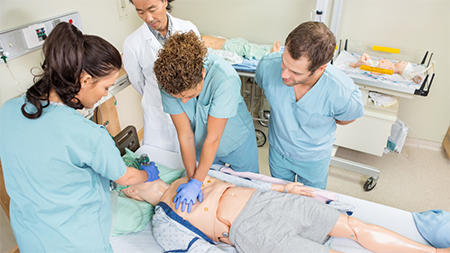
It has now been established that the cognitive and emotional dimensions are closely intertwined and help define action. While the cognitive system constantly processes information by comparing it, evaluating it, filing it, discarding it, the emotional system responds through faster physical modifications of reaction and response. This means that knowledge is not only reduced to the intellectual aspect but also reflects perceptions, emotions, experiences. The nervous system interacts with the environment by changing its neuronal and immunological structure. This implies that not only intelligence and memory, but also decision-making abilities themselves are never exclusively rational, but are always modulated in relation to emotions and sensations, making being, feeling and doing inseparable. The nervous system, therefore, is not limited to processing information but is capable of generating a world through the cognitive process.
Based on these assumptions, the way of doing simulation changes with the strategic approach: it becomes a source and stimulus for transformation. With strategic simulation, we become aware that perceptions and emotions are as important as cognitive skills, whether technical or behavioral, and that it is precisely through the change induced by the emotional perceptual system that a stronger, deeper and more durable learning can be achieved.
GET REGISTERED AND RECEIVE THE BOOK
SIMZINE wants to give 2 copies of the book ‘Strategic Debriefing for Advanced Simulation’ to its readers. To get the book, register on simzine.it and send an email to redazione@simzine.it with the subject ‘Strategic Debriefing 2022’. If you like, send us a couple of lines about who you are and why you are interested in the subject.




